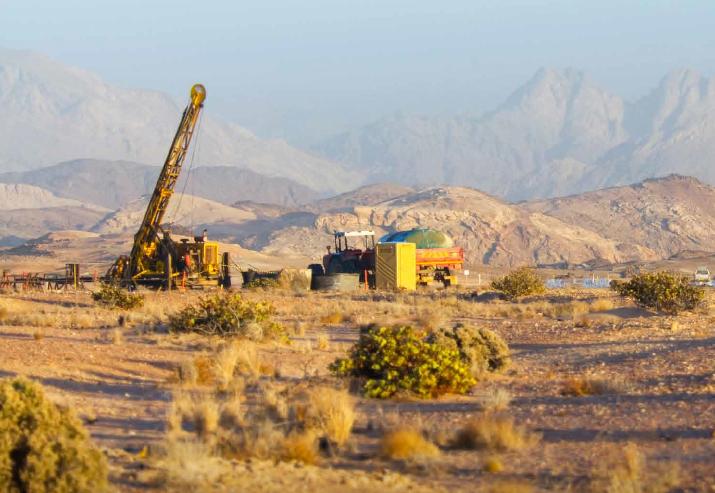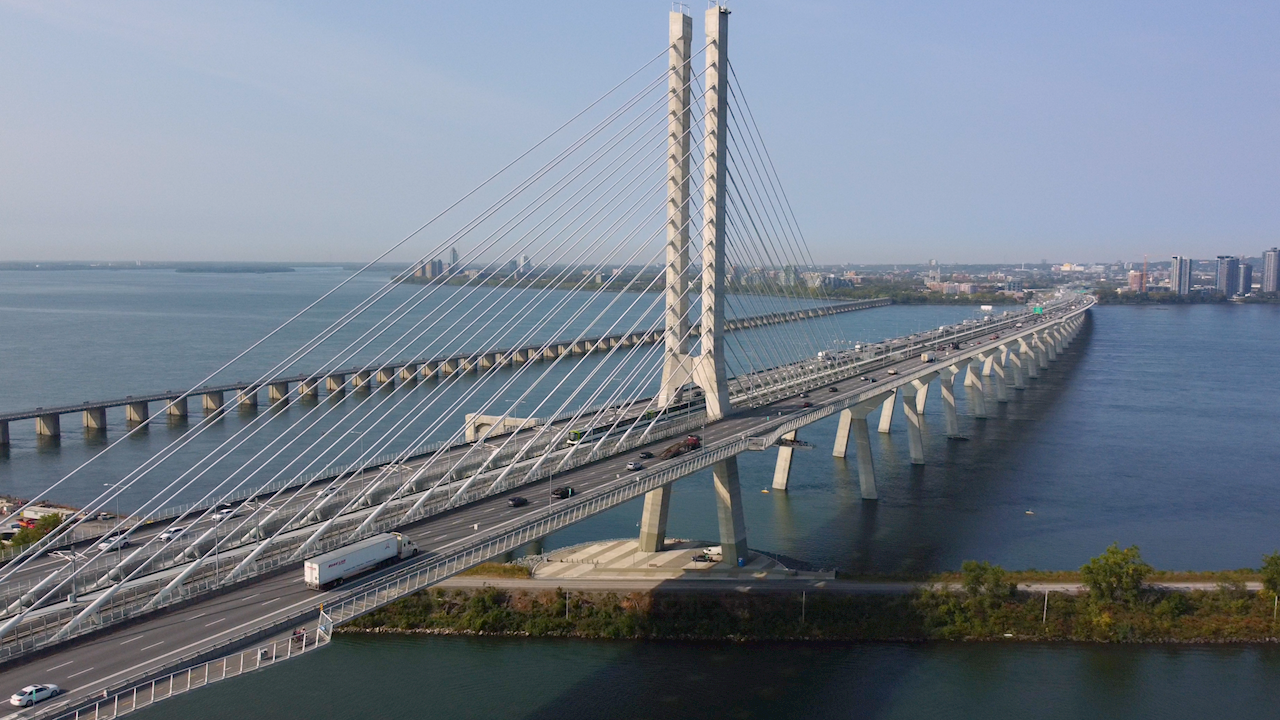
Swakop Uranium is about to develop Namibia’s largest uranium deposit. CEO Norman Green talks about the challenges of the project and how the company is protecting the sensitive desert environment.
The Namib Desert, a mixture of stunning red sand dunes and mountainous rocky areas, extends along the Atlantic coasts of Angola, Namibia and South Africa, and at its deepest point in Namibia it extends over 150 kilometres inland. Beneath this environmentally precious landscape can be found a wealth of minerals, in particular uranium. There are already several active uranium mines in the vicinity of Swakopmund, Namibia, and these include the well-established R˺ssing and the Langer Heinrich mines. In just over three years’ time they will be joined by the Husab mine, an exciting new project that will bring Namibia’s largest uranium deposit into production.
Located around 70 km inland from Swakopmund, and just south of the R˺ssing uranium mine, the Husab ore body has been classified as the highest grade granite-hosted uranium deposit in Namibia, and is one of the most significant discoveries in the world in recent years. Originally explored by Extract Resources of Australia, using its 100 percent Namibian subsidiary Swakop Uranium, it is now 100 per cent owned by Taurus Minerals Limited, an entity owned by China Guangdong Nuclear Power Corporation and the China-Africa Development Fund.
The Husab minewill be developed and operated by Swakop Uranium (SU), now a subsidiary of Taurus in Namibia. SU received notification of the go ahead intended in October 2012 from its parent company in August this year, and construction will begin post go ahead to bring the mine into operation within 36 months.
“This is not a complex project, but it is big,” commented CEO Norman Green. The ore body has an average grade of over 500 parts per million (ppm) of U3O8 (uranium oxide), which will yield around one pound of concentrate per tonne of ore extracted. “The mine will be designed to produce around 15 million pounds of uranium per annum. We will then be mining at a rate of 15 million tonnes of ore a year, and removing around 100 million tonnes of waste rock at an average stripping ratio of 6.2 in order to achieve that. All of this will require large scale extraction and a fleet of massive equipment.”
The definitive feasibility study, published in April 2011, delineated the ore body and defined a mine life of some 20 years. However, Husab is surrounded by other prospective uranium areas that SU plans to continue exploring in the future. “So there is every chance that the mine life will be extended beyond this,” said Green.
Initially, orders will be placed for all long-term delivery items, including mining and metallurgical equipment, and for laying in permanent power and water as well as telecommunications and an access route. As Husab is located 70 km inland, access is currently not easy. One of the first elements of construction will be a road linking the mine to the highway and then to Swakopmund and the port of Walvis Bay, through which materials and equipment will be imported and uranium concentrate exported to market.
Once fully operational, the mine will require a power supply of 110 MW. The Namibian power utility NamPower is scheduled to lay in a temporary connection to the national grid and then begin construction of a permanent distribution line terminating at a 220 kV substation.
Construction of the mine and processing plant are then scheduled to come to fruition concurrently with the infrastructure, in a massive three year project employing some 4000 workers at peak. Once the mine comes onstream it will then require around 1200 mine operators, the majority of whom will be selected from the local Namibian population and trained for the job. “Sourcing the skilled operating staff is something of a challenge here, as Namibia has only a small population. However, the Government is very supportive. During the early years we will be able to bring in around 10 percent highly qualified expats. Then as the Namibian workforce gains the necessary skills they will take over those positions,” said Green. The recruitment drive is likely to begin a few months after constructions starts so that training can take place and the workforce will be ready to begin stripping the overburden around 18 months into the project.
Husab’s location in the heart of the desert may make it a beautiful place to operate, but it presents several challenges. Firstly, water is an increasing issue in Namibia. In the past, many companies have relied on water from the aquifers. “We plan to bring desalinated seawater to the mine from sites on the coast, and we have several options,” Green said. The seawater desalination plant built for the uranium mining company Areva Resources is located 30 km north of Swakopmund and capable of modular expansion. Meanwhile, NamWater, the Namibian water supply utility, is also considering the construction of a seawater desalination plant north of Swakopmund. “Piping the water to the mine will then be part of a combined endeavour between NamWater, our mine and others in the area, but it will require a substantial investment.”
Secondly, Husab lies at the northern end of a national park, which has a variety of sensitive flora and fauna. “We have developed other projects in Namibia and we have received a number of accolades for our environmental work,” Green explained, “so we are experienced at operating in this environment. We are not only going to do what is required of us, but we are initiating some interesting environmental projects of our own.”
An example of this is the Welwitschia, a desert plant that is said to live for several thousand years and exists on very little water. “We’ve counted over 50,000 plants in the mining licence area, so this is not a rare or endangered plant, but it’s not very well understood. As we will have to remove some specimens during the construction phase, we’ve used the opportunity to commission some scientific research to increase our understanding of the plant.”
As well as furthering environmental understanding, the Husab mine is likely to be of significant benefit to Namibia. “We will be creating quite a bulge in the GDP,” Green said, “through direct and indirect taxes and royalties.” The mine will not only provide employment for some 1200 people, but for every permanent job it is estimated that there will be another six jobs created elsewhere in the economy.
Already SU has created the Swakop Uranium Foundation, which is currently funded by parent company donations. Its objective is to promote education, welfare and health among the local communities and this will come into its own once the mine is up and running and it can be funded from turnover.
Written by Gay Sutton, research by Jeff Abbott
DOWNLOAD
 Swakop-EMEA-Oct12-Bro-s.pdf
Swakop-EMEA-Oct12-Bro-s.pdf













